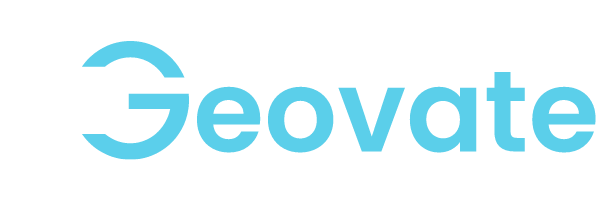AEO & GEO Ready: How to Fix Your Website for AI Search
Tue,19 Aug 2025 17:21:00- Font Size
- Share Content

What Is AI Search and Why Does It Matter in 2025?
AI search is the new search paradigm where large language models extract direct answers from websites. Tools like ChatGPT, Perplexity, and Claude prioritize structured, semantically clear content over traditional keyword ranking. If your content isn’t optimized, you’ll be invisible in AI results—even if you rank high in Google.
What Is Answer Engine Optimization (AEO)?
AEO focuses on structuring your content to give instant answers to AI assistants and LLMs. It’s less about SEO keywords and more about how well your content mirrors the structure of a high-confidence LLM output. Think: question headers, short atomic paragraphs, bolded summaries, and schema support.
What Is Google Entity Optimization (GEO)?
GEO ensures Google correctly links your website to specific entities within its Knowledge Graph. This means making your site semantically rich, explicitly defining key terms, and creating structured associations between your brand, topics, and services that Google and Bing can parse and validate.
Why Are AEO and GEO Both Necessary?
AEO helps you win visibility in AI-generated answers, while GEO builds your authority and trust in the search graph. Together, they make your content rank better, appear in snippets, and become eligible for featured citations or knowledge panels in AI and search tools.
How Can You Structure Content for AEO?
Use a Q&A format, bold answers up top, and minimize paragraph length. Specifically:
- Use H2 and H3 subheadings as clear questions
- Begin every paragraph with a bolded answer summary
- Limit each paragraph to 80 words and one idea
- Use bullet points or numbered lists wherever possible
- Insert the target keyword early in each paragraph
How Do You Execute GEO Optimization in 2025?
GEO requires making your site’s entities machine-recognizable and semantically contextualized. Here's how:
- Clearly define your business, brand, products, and people
- Use schema markup for Organization, Product, Person, and Article
- Link out to authority sources like Wikipedia or Crunchbase
- Use consistent naming conventions and language across all platforms
- Reference related entities that reinforce topical relevance
What Are the Key Technical Requirements for AEO & GEO?
You need to optimize your HTML and metadata for both human and machine readers.
- Clean, valid HTML (no inline styles or clutter)
- Meta descriptions that directly answer the page’s core question
- JSON-LD schema markup for FAQs and entities
- Use of canonical tags to avoid duplication
- Alt-text for images, descriptive anchor text for links
What Tools Help with AEO and GEO?
There are several SEO and semantic tools to streamline optimization.
- InLinks: Helps with internal linking and entity recognition
- Kalicube: Assists in building Knowledge Panels and brand authority
- Mermaid Schema Generator: Create accurate JSON-LD structures
- Google's Rich Results Test: Validates your structured data
- Surfer SEO / Frase: For AEO-style content scoring
What’s the Final Takeaway?
Fixing your website for AI search requires formatting content for understanding, not just indexing. AI assistants and LLMs need structured answers and entity clarity—not keyword stuffing. If you're not AEO and GEO-ready, you're not future-ready.
